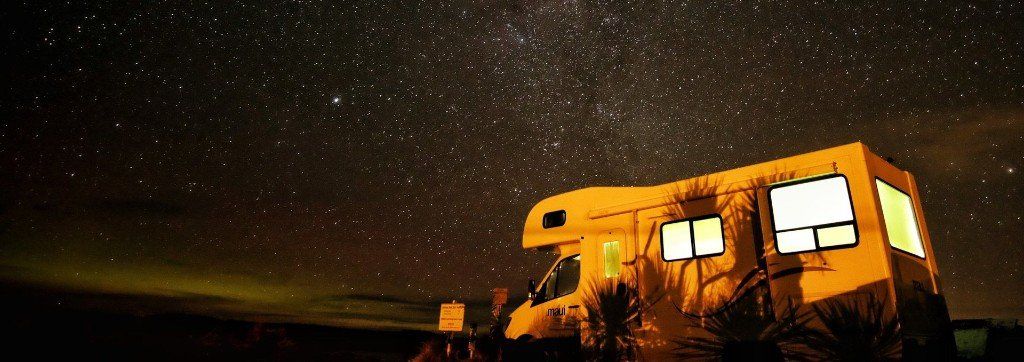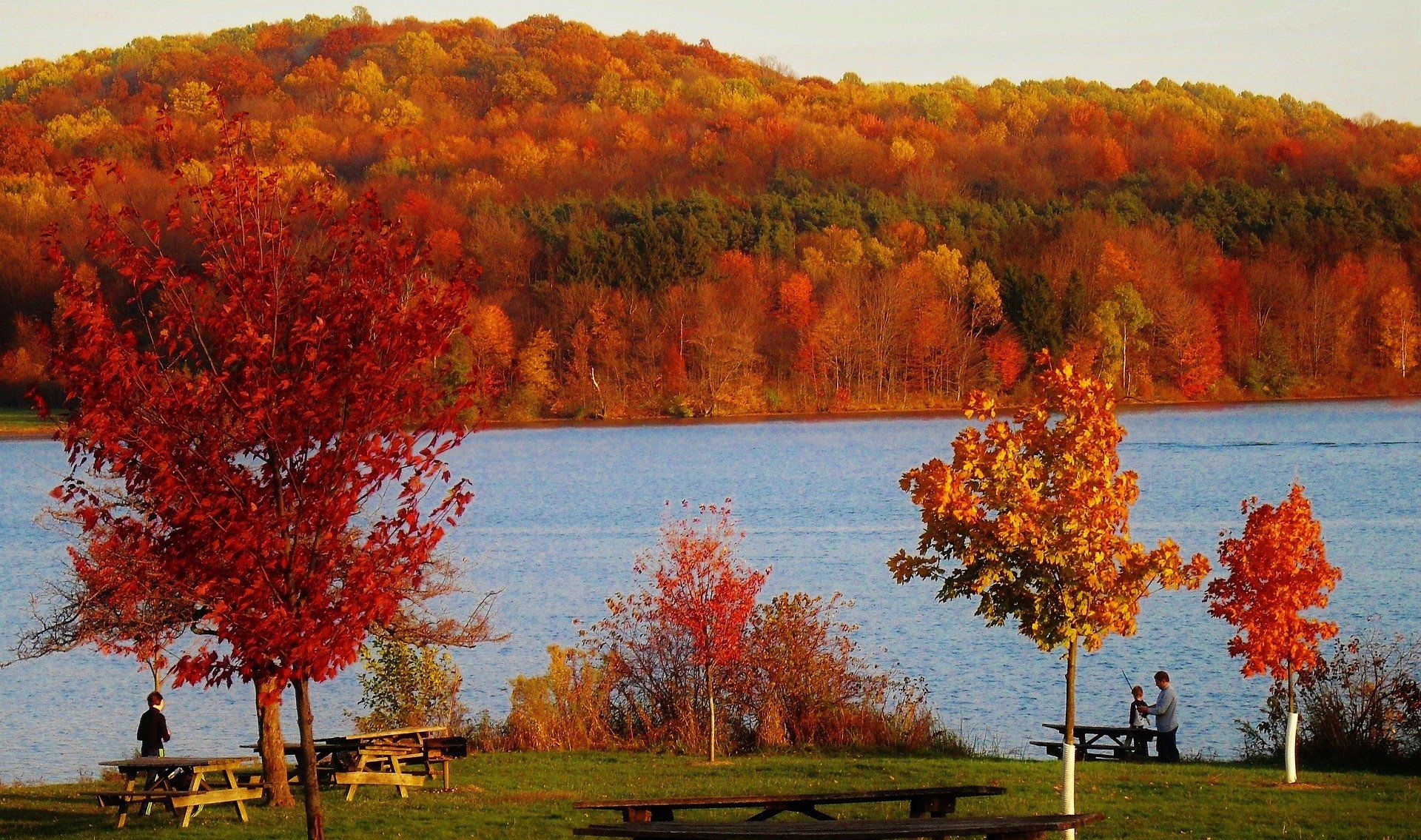Setting Up Your RV at an RV Campground

An RV vacation is a step up from a tent vacation. You have a soft bed, a stovetop of some kind, and a non-public shower. This might sound like the makings of a dream vacation, but there are a few less appealing details that you'll need to think about when planning your RV campground vacation.
Where does the sewage go?
This, my friends, is a very important consideration. You don't want to smell sewage nor do you want to see it backing up in your RV toilet. That could spoil an otherwise idyllic vacation very quickly. Most RV campgrounds provide partial hookups, which include water and electricity, but only some provide full hookups, which include sewers too.
If an RV campground doesn't provide sewer hookups, you will need to find out where they have the dump station.

Know how much your RV holding tank can hold. On the average, tanks can handle a family's gray and black water for about three days.
What amp of electric power do they provide?
In campgrounds where they provide full or partial hookups, plan for there to be a possible difference in the amperage of electricity that your RV uses and the camps provide. Most RVs use 30-amp electricity, especially smaller RVs, such as pop-up campers and travel trailers. Because of that, it's most common for campgrounds to provide 30-amp electric power. Larger RVs, such as motor homes and fifth-wheels, may require 50-amp electricity.










